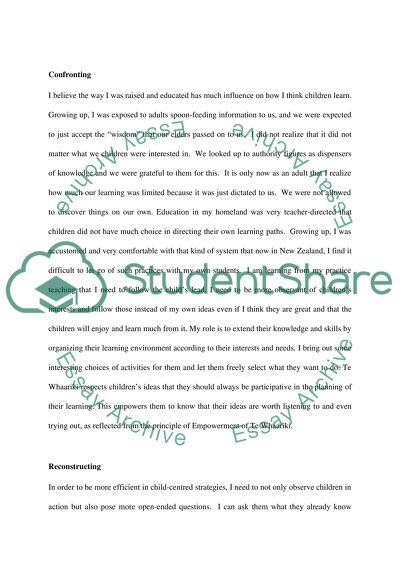Cite this document
(“Early Childhood Education in NZ Essay Example | Topics and Well Written Essays - 2500 words”, n.d.)
Retrieved de https://studentshare.org/education/1391913-reflections-of-what-happened-in-early-childhood
Retrieved de https://studentshare.org/education/1391913-reflections-of-what-happened-in-early-childhood
(Early Childhood Education in NZ Essay Example | Topics and Well Written Essays - 2500 Words)
https://studentshare.org/education/1391913-reflections-of-what-happened-in-early-childhood.
https://studentshare.org/education/1391913-reflections-of-what-happened-in-early-childhood.
“Early Childhood Education in NZ Essay Example | Topics and Well Written Essays - 2500 Words”, n.d. https://studentshare.org/education/1391913-reflections-of-what-happened-in-early-childhood.


